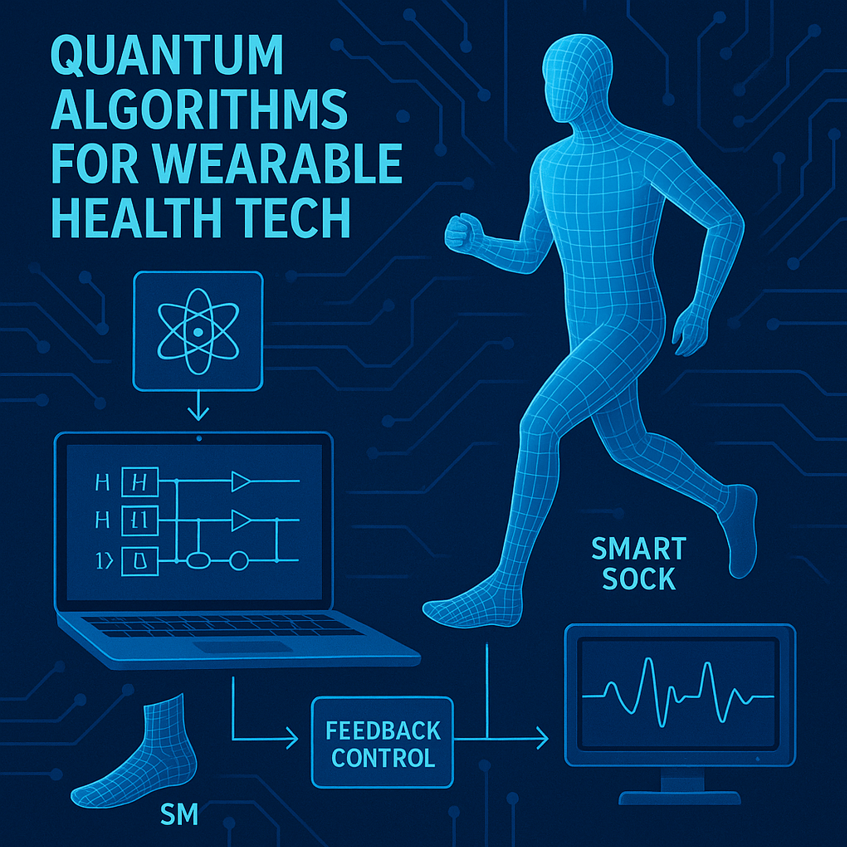
Quantum algorithms for wearable health tech: DIGEST sees synergy in latest research breakthrough
Researchers from the Heilbronn University and the Universidad Politécnica de Madrid (UPM) have unveiled a pioneering study applying quantum algorithms to biomechanical data analysis, marking a key advance aligned with the objectives of the DIGEST Project, especially Work Package A01.WP2, which explores semantic data integration and high-resolution signal interpretation from smart environments.
The paper, “Quantum-enhanced signal processing via VQE for improved biomechanical feedback control,” published in Digital Signal Processing (Elsevier, 2025), introduces a hybrid quantum-classical framework that leverages the Variational Quantum Eigensolver (VQE) algorithm in real-time motion capture scenarios using smart wearable technology.
The study encodes biomechanical sensor data (from gyroscopes and accelerometers embedded in socks) into quantum states for precise gait analysis, pushing boundaries of data fusion and semantics from wearable IoT devices in everyday environments.
“By mapping sensor signals into quantum circuits and integrating feedback control loops, we created a robust tool for identifying subtle gait disturbances, especially relevant for early detection of conditions like multiple sclerosis,” says Prof. Joaquín Ordieres-Meré, co-author and DIGEST contributor.
DIGEST’s A01.WP2 aims to formalize semantic layers from raw sensor data in smart environments. The VQE approach from the study complements this by enabling real-time signal processing pipelines that retain high-frequency motion features, critical for precise semantic enrichment and personalized monitoring.
What stands out is its conceptual integration with federated and semantic infrastructures. By aligning classical preprocessing with quantum variability encoding, this method supports future expansions where quantum sensing, and edge-cloud integration can enrich semantic graphs used in smart health platforms.
As the authors noted, “This is not about current quantum advantage—but about proving that hybrid quantum-classical architectures can be seamlessly integrated into semantic workflows, a vision at the heart of DIGEST.”
With the increasing availability of quantum hardware and wearable devices, this interdisciplinary convergence offers a blueprint for the next generation of eHealth monitoring systems, directly contributing to DIGEST’s roadmap.

